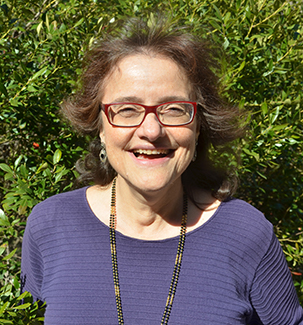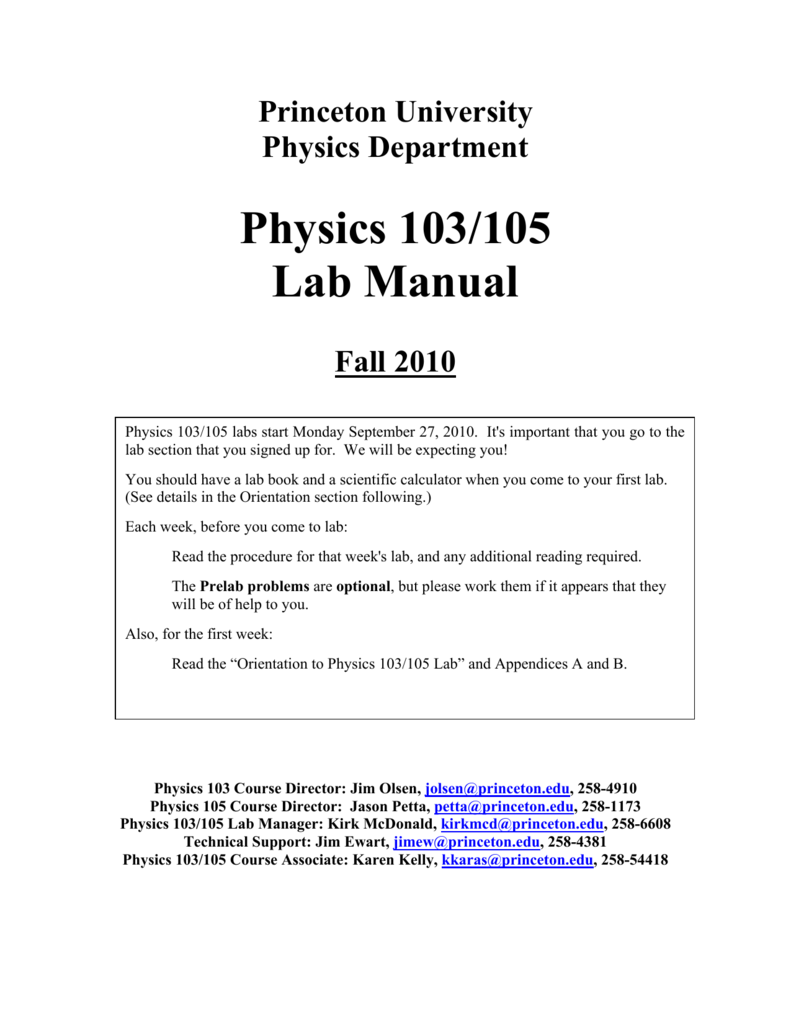

This superposition, as it is known, enables quantum computers to tackle complex questions that today’s computers cannot solve. Quantum bits - known as qubits - can be in a state of 0, 1, or both a 0 and a 1 simultaneously. Quantum computers are advanced devices that, when realized, will be able to perform advanced calculations using tiny particles such as electrons, which follow quantum rules rather than the physical laws of the everyday world.Įach bit in an everyday computer can have a value of a 0 or a 1. The discovery will help the researchers use light to link individual electrons, which act as the bits, or smallest units of data, in a quantum computer. “We are able to bring the energy of the electronic state into resonance with the light particle, so that the two can talk to each other.” “Just like in human interactions, to have good communication a number of things need to work out - it helps to speak the same language and so forth,” Petta said. The research, published in the journal Science and conducted at Princeton and HRL Laboratories in Malibu, California, represents a more than five-year effort to build a robust capability for an electron to talk to a photon, said Jason Petta, a Princeton professor of physics. The particle of light, or photon, can then act as a messenger to carry the information to other electrons, creating connections that form the circuits of a quantum computer. In a step that brings silicon-based quantum computers closer to reality, researchers at Princeton University have built a device in which a single electron can pass its quantum information to a particle of light. The device isolates an electron so that can pass its quantum information to a photon, which can then act as a messenger to carry the information to other electrons to form the circuits of the computer. Princeton is seeking industrial interest for further development of this opportunity.įunding sources The David and Lucile Packard Foundation, the National Science Foundation, the Defense Advanced Research Projects Agency’s QuEST (Quantum Entanglement Science and Technology) program, and the Army Research Office.A Princeton University-led team has built a device that advances silicon-based quantum computers, which when built will be able to solve problems beyond the capabilities of everyday computers. The maser uses about one-billionth of the electric current needed to power a hair dryer and works at temperatures near absolute zero, so it is ideal for quantum computing, which requires cryogenic temperatures.Īnother advantage of the new maser is that the energy levels inside the dots can be fine-tuned to produce light at other frequencies, which cannot be done with other semiconductor lasers in which the frequency is fixed during manufacturing.Ĭollaborators Graduate students Yinyu Liu and Jiri Stehlik, and associate research scholar Christopher Eichler in the Department of Physics Jacob Taylor and Michael Gullans at the Joint Quantum Institute operated by the University of Maryland, the National Institute of Standards and Technology and the Laboratory for Physical Sciences.ĭevelopment status Patent protection is pending. “This is basically as small as you can go with these single-electron devices,” Petta said. The quantum dots are made from single-crystal indium arsenide nanowires just 50 nanometers in diameter that enable the isolation of single electrons in each double quantum dot. The photons then build into a coherent beam of microwave light. Unlike regular atoms, quantum dots can be connected to a battery that enables current to flow, causing the dots to emit photons that bounce off mirrors at each end of the cavity. The maser consists of two double quantum dots, which are small bits of semiconductor material that act like single atoms, placed at either ends of a microwave cavity. Its low power consumption, coupled with the ability to operate at extremely low temperatures, makes the maser useful for the creation of compact microwave amplifiers suitable for end-uses in chemical sensing and future quantum computing applications. What it does The quantum-dot microwave laser, or “maser,” produces coherent microwave-frequency light and is powered by the one-by-one flow of single electrons. Inventor Jason Petta, Professor of Physics Invention A microwave laser for quantum computing Office of the Provost Institutional Equity & Diversity.Office of Research and Project Administration.

Keller Center for Innovation in Engineering Education.Corporate Engagement and Foundation Relations.Entrepreneurship and Venture Assistance.


 0 kommentar(er)
0 kommentar(er)
